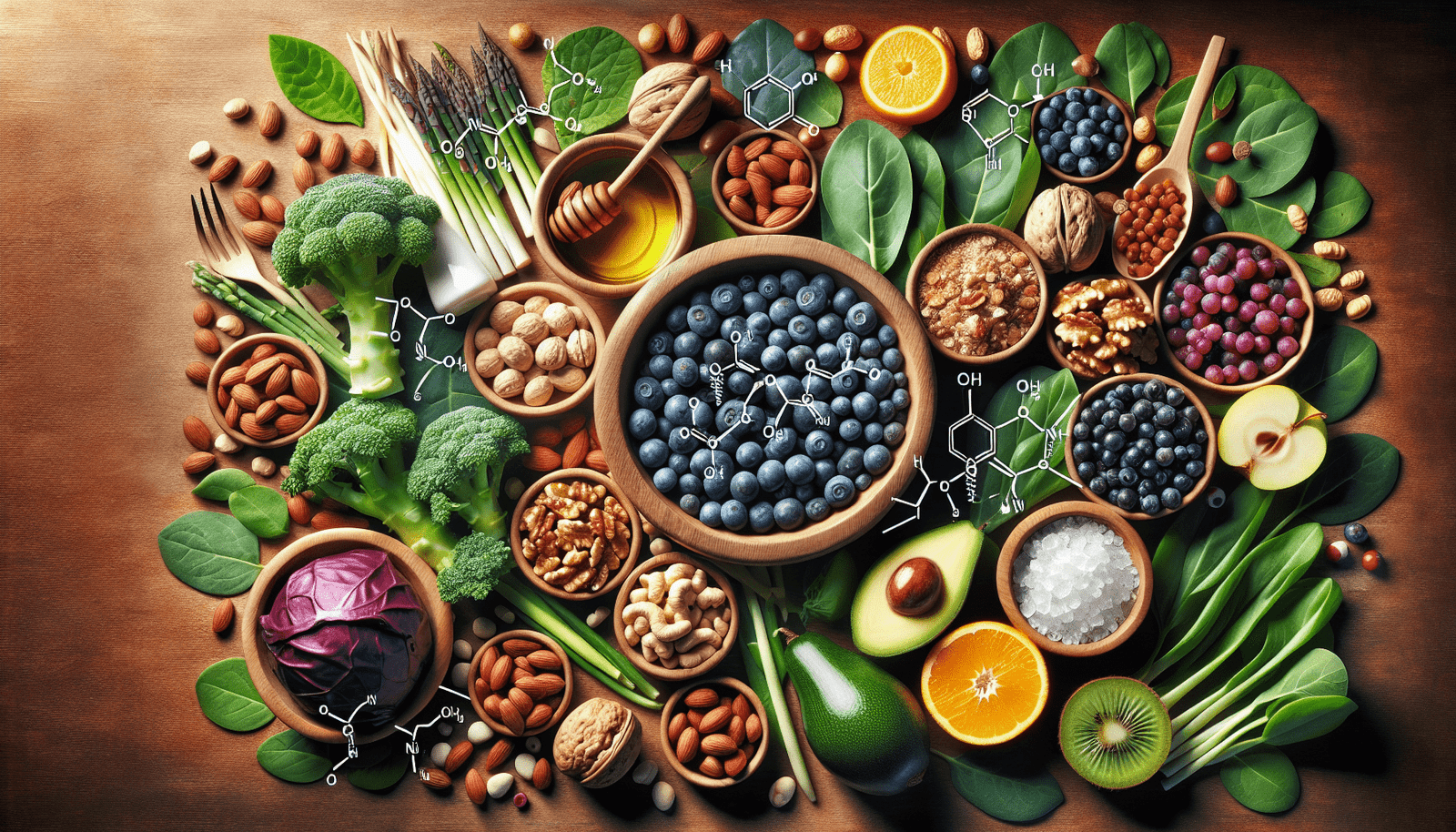Have you ever wondered how the combinations of foods you eat could affect your body’s ability to absorb certain nutrients and compounds? It’s fascinating how our choices at mealtime can influence what happens inside our bodies. When it comes to the topic of oxalates—a naturally occurring compound found in many plants—the combinations you choose might make a significant difference. Let’s delve into how food pairings impact oxalate absorption and what you might choose to eat for better health and well-being.

Understanding Oxalates
Oxalates are compounds found in many plant-based foods, such as leafy greens, nuts, seeds, and grains. They’re part of a group of substances known as antinutrients, which can interfere with the absorption of some minerals and nutrients in your body. Interestingly, oxalates combine with calcium to form insoluble crystals, which is often a starting point for the development of kidney stones. However, not all oxalates are absorbed in the same way, and this is where the art of food pairing comes into play.
The Role of Oxalates in Plant Foods
Oxalates are not inherently “bad,” despite their reputation. In plants, they play roles in growth and defense, offering protection against herbivores and pathogenic organisms. They also bind with calcium to detoxify heavy metals. When you consume plant foods, you ingest oxalates naturally present in these sources. The human body, due to its complex biochemical pathways, can metabolize a portion of these oxalates. However, the extent of absorption varies widely.
Oxalates in the Digestive System
Once ingested, oxalates travel through your digestive system. Some are absorbed in the intestines and excreted via urine, while others remain bound to calcium in the intestines and are eliminated in stool. The total amount of oxalate in your diet doesn’t entirely determine the level that gets absorbed; rather, several factors influence it, including your gut health and specific food pairings.

Food Pairings and Their Effects
The idea of food pairings affecting oxalate absorption might not be intuitive, but it’s backed by both chemistry and nutrition science. Pairing certain foods can either increase or decrease oxalate absorption, influencing how your body processes them.
Calcium: The Key Player
One of the most critical factors in oxalate absorption is the presence of calcium. Since oxalates bind strongly with calcium, consuming calcium-rich foods alongside oxalate-rich foods can significantly decrease oxalate absorption. This binding forms calcium oxalate, which is insoluble and thus excreted rather than absorbed. Dairy products are common calcium sources, but vegetables like broccoli and kale also provide non-dairy calcium options.
Oxalate Food Pairing with Calcium: Examples
Here’s a table to illustrate some effective pairings:
| Oxalate-Rich Food | Calcium-Rich Companion | Potential Effect on Oxalate Absorption |
|---|---|---|
| Spinach | Cheese | Reduced absorption |
| Almonds | Yogurt | Reduced absorption |
| Sweet potatoes | Milk | Reduced absorption |
| Beet greens | Tofu | Reduced absorption |
By including a calcium source in your meal, you can potentially lower the risk of oxalate absorption, making such pairings semi-shield against developing kidney stones.
Vitamin C: A Balancing Act
It’s intriguing how vitamin C can affect oxalate absorption. Foods rich in vitamin C can exacerbate the conversion of excess vitamin C into oxalates in the body. So, while vitamin C is vital for immune function and many bodily processes, an imbalance, especially in supplemental form, can increase oxalate levels in some cases. This doesn’t mean you should start avoiding vitamin C; rather, it’s a reminder of the delicate balance nutrition requires.
Magnesium: Another Mineral Guardian
Magnesium is akin to calcium in its role with oxalates. It can form magnesium oxalate complexes that are less likely to be absorbed. This underlines the importance of maintaining sufficient magnesium levels in your diet, which is present in foods like nuts, seeds, and whole grains.

Dietary Tips To Manage Oxalate Levels
With food pairings playing a crucial role in oxalate absorption, having some practical dietary strategies can be beneficial, especially if you’re concerned about kidney stones or other health issues related to high oxalate absorption.
Awareness of Oxalate-Rich Foods
Being conscious of foods high in oxalates is the first step. Here are common sources of high oxalate foods:
- Spinach
- Rhubarb
- Almonds
- Beet greens
- Sweet potatoes
- Chocolate
Cooking Techniques
Cooking methods can also influence oxalate content, with boiling being particularly effective in reducing oxalate levels in certain vegetables. For instance, boiling spinach can reduce its oxalate content, making it easier for the body to handle.
Balancing Your Diet
Ensure your diet is balanced, incorporating both low and high-oxalate foods, paired with calcium-rich and magnesium-rich ingredients. Moderation is key, and incorporating food diversity can help manage oxalate absorption effectively.

The Gut Microbiome Connection
While the role of food pairings in oxalate absorption is clear, the condition of your gut microbiome significantly influences how your body processes oxalates. Here’s why:
How Gut Health Affects Oxalate Metabolism
Some gut bacteria, like Oxalobacter formigenes, play a role in degrading oxalates in the colon, reducing the amount available for absorption. A healthy gut microbiome can potentially mitigate the effects of a high-oxalate diet.
Encouraging a Healthy Microbiome
To foster a robust digestive environment:
- Consume probiotics and prebiotics to support beneficial gut bacteria.
- Eat a diverse range of fiber-rich foods.
- Limit unnecessary antibiotic use, which can disrupt your gut flora balance.

Conclusion: Finding Balance in Food Pairings
Ultimately, understanding how food pairings affect oxalate absorption is about achieving balance. While oxalates are part of many nutritious foods, the art of combining them with other ingredients can significantly change how your body processes and benefits from what you eat. Balance your meals with calcium-rich foods, be mindful of vitamin C intake, and maintain a healthy gut microbiome to potentially minimize any negative impacts of oxalates on your health. Through these conscious choices, you can better manage your diet and support your overall well-being.

